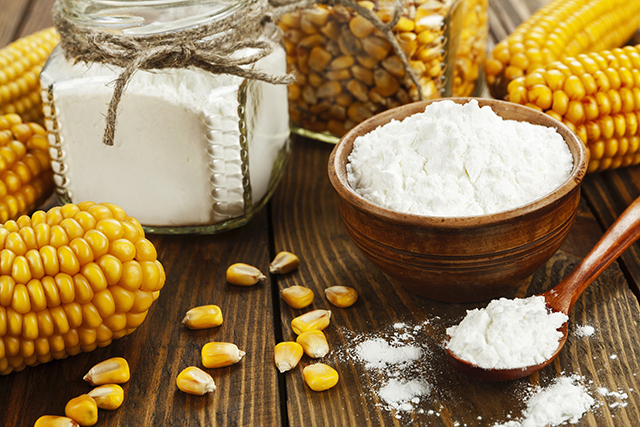A comprehensive guide to outdoor clothing for wilderness enthusiasts
08/30/2018 / By Rita Winters

Preparing for your next outdoor trip can be a pain, especially when choosing what clothes to bring. Unlike regular vacations that just involve visiting museums or going to the beach, adventurous endeavors such as hiking or spelunking might involve more clothing than usual.
One thing to consider when choosing your clothes is to prioritize protection. Remember that being outdoors means everything is totally unpredictable. Each person may have a different reaction to the temperature, so the choice of clothing may be different for you and your friends. Pay special attention to the season and to the location you’re going to. This allows you to prepare better. It is not far-fetched to say that your clothes may save your life.
In order to pack light and right, you will need to consider the following:
- What activities you will be engaging in — Will you be climbing a lot of rocks? Will you be walking a lot?
- The temperature – How do you react to heat and the cold? Do you sweat a lot or do you freeze easily?
- Length of the trip – Are you staying for just a few days? Weeks? Several months?
- Critical weather conditions – Check for the weather predictions for the location as early as now. You’ll never know if you’d need a hood jacket or a rain coat.
Once you’ve answered the questions above, special considerations or adjustments can be made based on the material of the clothing you choose to bring.
- Natural fibers – The most obvious difference between natural and synthetic fibers is that the former are softer and more durable than the latter. However, synthetic fibers are lighter and are easier to dry. Cotton, which is commonly used for t-shirts and nontechnical clothing, has strong water-absorption properties and are uncomfortably cold when wet. Cotton is great for warm weather environments, since the weaving density is loose, and ventilates easily. Wool is excellent for insulation, although difficult to dry when wet. Silk, used mostly in base layers, are often weaved with other fibers to smooth out the overall texture of the fabric.
- Down – From ducks and other water-based birds, this is a very soft, fluffy undercoating that keeps the animals warm. Down from geese are far superior to down from ducks since it has a better ability to insulate. When dry, it is one of the best insulators. However, when it gets wet, it is as useless as wrapping a banana leaf around your body. This material is recommended in dry, cold areas that have a low chance of rain.
- Fur, leather, and hides – The thicker and heavier it is, the better protection. Leather, in the old times, was used to make armor, while fur was used to soften the interior, or to decorate any given clothing, or generally for nobility. Since it is durable, it is used these days to make gloves or footwear. When preparing for survival, this knowledge about leathers may come in handy.
- Synthetic fibers – Nylon and polyester are some examples of synthetic fibers used in outdoor gear. These fibers are formed and not spun like cotton or wool. Polyester fabrics give much insulation since these don’t do well conducting heat. Unlike cotton, however, polyester dries quickly, especially when made into fleece. Nylon, just like polyester, only absorbs a little water and have a high property for evaporation.
- Waterproof fabrics – Fabrics bound to nylon are waterproof, and are commonly known as a “laminate”. These laminates are breathable, or have the ability to release water vapors to regulate body heat and prevent perspiration from accumulating. Some fabrics have a water-repellent finish, but since it is not as breathable as nylon-bound laminates, it is mostly used for other outdoor gear like backpacks and trekking shoes.
Sources include:
Tagged Under: outdoor clothing, preparedness, survival, survival gear, types of fabrics



















